A child is considered to be a newborn until it is one month old. This month is a kind of transitional period from the intrauterine existence of the fetus to life in the human world. The kid has not yet got rid of many innate reflexes, he sees poorly, hardly blinks, and is not at all adapted to new conditions. He exists only in close connection with his mother and is entirely dependent on her. During this period, the child has many interesting features that he will lose as he grows up.
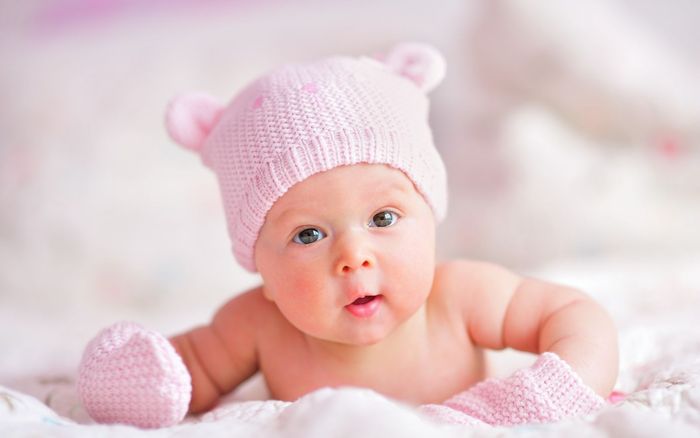
Cry
Newborns cry without tears. This is due to narrowing or less often blockage of the lacrimal glands. Instead of the usual crying, the baby screams loudly, thereby expressing anxiety, pain, hunger or discomfort. Scientists have proven that during crying, the baby copies the intonations and accents of the mother, overheard by him in the womb. This is also evidenced by the results of a scientific study in which 60 children with their parents were involved: 30 speakers in French and the same number in German. It was revealed that French babies cry with increasing intonation, which is characteristic of the French language, and German children cry with a descending tone, which is characteristic of German.
Skeleton
The baby’s skeleton has more than 300 bones, while the adult’s skeleton consists of only 206. However, it’s quite simple to explain - some of the bones of the newborn grow together during strengthening and growth.
Respiratory system
The baby, unlike adults, can breathe and swallow at the same time. In this way he resembles animals. The crumb uses this amazing ability up to about 9 months, while the formation and complication of the articulation apparatus and the larynx fall down.

Another amazing property characteristic of infant breathing is that children breathe several times more often than adults. For comparison: an adult's breathing rate is about 20 times per minute, a baby at the age of one year is 33 to 36 times, and a baby is from 30 to 45 times per minute.
In addition, newborns cannot breathe through their mouths. They will learn the much-needed skill only at the first nasal congestion: during the common cold or allergies.
Eye shape and color
The size of children's eyes remains unchanged for life. That is why the eyes of the baby seem to us so huge and deep. But the nose and ears tend to grow all their lives. In addition, it is surprising that every child, with rare exceptions, is born with a gray or blue color of the iris. This is due to a temporary lack of pigment called melanin. Already in the process of growing up, eye color acquires a constant shade, this happens by about six months. (Why do newborns change eye color)
Swimming ability
The fetus spends all the time of its development before birth in the aquatic environment, therefore, more than 90% of infants retain the swimming reflex. It is thanks to him that the baby is able to swim and dive, making floundering body movements.The baby’s body helps preserve oxygen for the lungs and heart, slowing blood flow to the fingers of the extremities and reducing the heart rate of a small heart by as much as 20%. If the reflex is not fixed, it will be lost by 3-4 months. (We teach babies to swim and dive: how and when to start classes with newborns at home in the bath. Lots of video instructions)
Heartbeat
The baby's heart beats incredibly fast - with a frequency of up to 130 - 160 vibrations per minute. During crying, the frequency can reach 200 beats. For comparison, the heart rate of an adult is 60 - 80 per minute.
Visual features
The vision of a newborn is still a poorly understood phenomenon. Only recently have scientists refuted the theory that the baby sees the world around him flat. In fact, a three-dimensional image is available to him from birth.

Otherwise, science is adamant - the baby does not see very well, only 25 - 28 cm, which will be approximately equal to the gap from the mother’s nipple to her eyes. In the first couple of weeks after birth, the baby perceives the surrounding reality in black and white and only by the third week after birth it begins to gradually distinguish colors. Any baby prefers bright colors and large patterns, it is easier to focus on them.
Another interesting fact is that infants are much less likely than adults to blink: only 1 - 2 times per minute. While medicine is not able to find the reasons for this physiological feature.
Taste
Nutritional addictions of the baby are formed at another 7 - 9 months of pregnancy of the mother and are finally fixed by the first year of the baby's life. It has been proved that the baby is more pleasant with the familiar smells and tastes that came into his body earlier - with breast milk or as part of an amniotic fluid. This physiological peculiarity explains why breast-fed newborns are more likely to get used to complementary foods than those babies fed with artificial mixtures.
Meteorological dependence
Fair-haired babies react more sharply to changing weather conditions than their brunette peers. Hypersensitivity is characterized by twins and twins, premature babies. This susceptibility increases even more after illness, stress and vaccination.
That is how a little man comes into our world. Do not be surprised and do not worry if it does not meet your expectations. In just a few weeks, you will learn to understand your baby and communicate with him in the language of views and gestures. The newborn adapts to the outside world: he learns to cry, smile charmingly and joyfully walk at the sight of you.



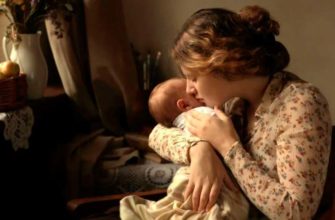

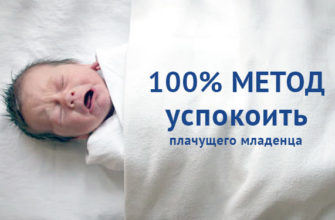

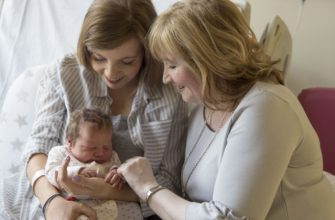
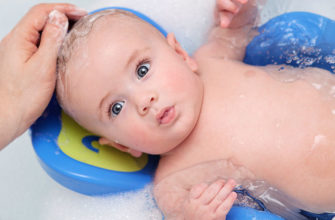
for the first time I hear that the baby sees everything flat, something is wrong here .... I doubt it ....